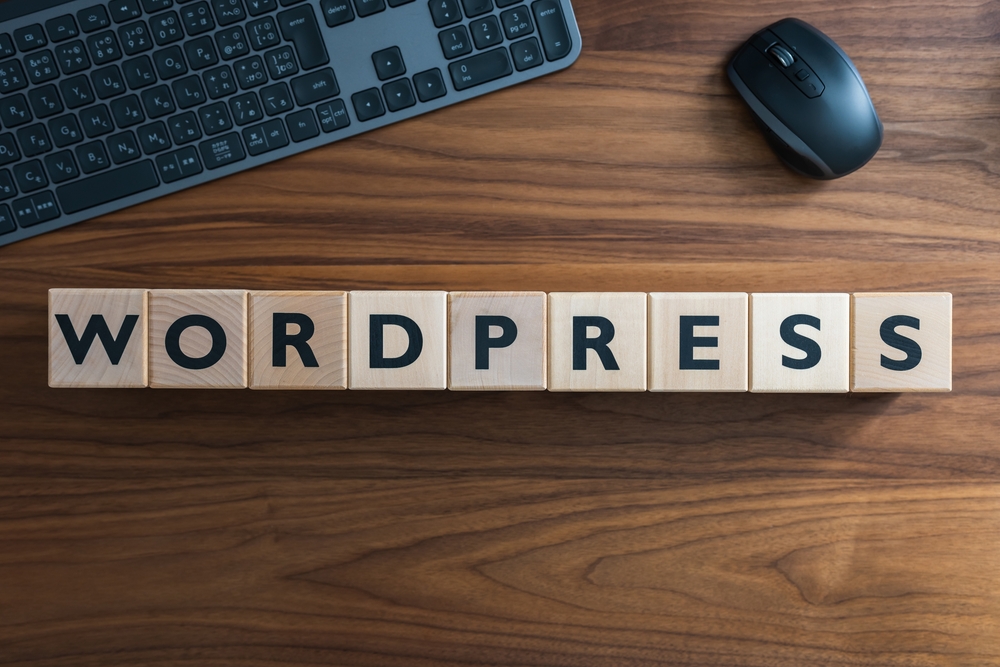
WordPress is undoubtedly one of the most popular content management systems out there. It powers millions of websites, ranging from personal blogs to enterprise-level e-commerce platforms. But while WordPress is known for its user-friendly interface and extensive customization options, mastering the platform can still present a challenge. In this article, we will explore some essential tips and tricks for customizing and maintaining your WordPress website to truly make it your own.
1. Choosing the Right ThemeThe first step in customizing your WordPress website is choosing the right theme. WordPress (WP) offers thousands of free and premium themes that you can use to change the look and feel of your website. When selecting a theme, consider factors such as your website's niche, design preferences, and functionality requirements. Make sure to pick a responsive theme that looks great on all devices and is regularly updated by the developer.
2. Customizing the Appearance
Once you have chosen a theme, it's time to customize the appearance of your WordPress (the platform for bloggers) website. The platform provides a built-in Customizer tool that allows you to tweak various elements such as colors, fonts, and layouts. You can also add a custom logo, favicon, and background image to give your website a unique touch. For more advanced customization, consider using a page builder plugin like Elementor or Beaver Builder, which provides drag and drop functionality to create stunning page layouts without any coding.
3. Extending Functionality with Plugins
WordPress (the blogging platform) 's true power lies in the vast ecosystem of plugins available for adding functionality to your website. Whether you want to create a contact form, improve search engine optimization, or enhance site security, there's a plugin for nearly every requirement. However, be mindful of installing too many plugins as they can slow down your website. Stick to essential plugins from reputable developers, and regularly update them for the latest security patches and feature enhancements.
4. Optimizing for Speed
Website speed is crucial for user experience and search engine rankings. Slow-loading websites can drive visitors away and harm your visibility in search engines. To optimize your WordPress (or WP) website for speed, start by choosing a fast hosting provider. Enable caching by using a plugin like WP Rocket or W3 Total Cache. Minify and combine CSS and JavaScript files to reduce page load times. Compress your images without compromising quality using plugins like Smush or EWWW Image Optimizer. Regularly monitor your website's speed using tools like Google PageSpeed Insights or GTmetrix and make necessary optimizations.
5. Implementing SEO Best Practices
WordPress is naturally search engine-friendly, but there are several best practices you can implement to improve your website's visibility in search engine results. Install an SEO plugin, such as Yoast SEO or Rank Math, to optimize meta titles, descriptions, and keywords. Create unique and compelling content that targets relevant keywords. Build a strong internal linking structure to make it easier for search engines to crawl and index your website. Regularly monitor your website's search performance using tools like Google Analytics and Search Console to identify areas for improvement.
6. Regular Backup and Updates
Regularly backing up your WordPress website is essential to protect your data against any unforeseen events or security breaches. WordPress itself provides a backup option, but it's recommended to use a dedicated backup plugin like UpdraftPlus or VaultPress for more flexibility. Set up a regular backup schedule and store the backups on an external cloud storage service like Dropbox or Google Drive. Additionally, keep your WordPress core, themes, and plugins up to date to benefit from bug fixes, security patches, and new features.
7. Frequently Asked Questions
Q1: Can I change my WordPress theme after creating content?A1: Yes, you can change your WordPress theme at any time without losing your existing content. However, selecting a new theme may require some adjustments to ensure proper formatting and display of your content.
Q2: How can I customize my WordPress website beyond the theme's options?
A2: You can customize your WordPress website beyond the theme's options by using CSS code snippets. WordPress provides a built-in Additional CSS field where you can add your custom CSS code to modify specific elements of your website's appearance.
Q3: Are there any free alternatives to popular premium plugins?
A3: Yes, WordPress has a vast repository of free plugins that provide similar functionality to many premium plugins. Before purchasing a premium plugin, search the WordPress plugin repository for free alternatives that may fulfill your requirements.
Q4: How often should I update my WordPress website's core, themes, and plugins?
A4: It is recommended to update your WordPress website's core, themes, and plugins as soon as updates become available. Regular updates ensure your website remains secure, compatible with new technologies, and free from potential vulnerabilities.
Q5: What should I do if my WordPress website gets hacked?
A5: If your WordPress website gets hacked, first contact your hosting provider for assistance. Change all your passwords, including your WordPress admin password. Run a malware scan using a security plugin like Wordfence or Sucuri, and follow their recommended steps for cleanup and securing your website.
Conclusion
Mastering WordPress is an ongoing process that requires continuous learning and experimentation. By following the tips and tricks outlined in this article, you can enhance the customization and maintenance of your WordPress website. Keep exploring new themes, plugins, and optimization techniques to continually improve your website's performance, security, and overall user experience.
Other useful resources
- https://www.wordpress24plus.com/wordpress-tools-directory/wordpress-plugins/
- https://www.wordpress24plus.com/services/wordpress-development/
- https://en.wikipedia.org/wiki/Blog